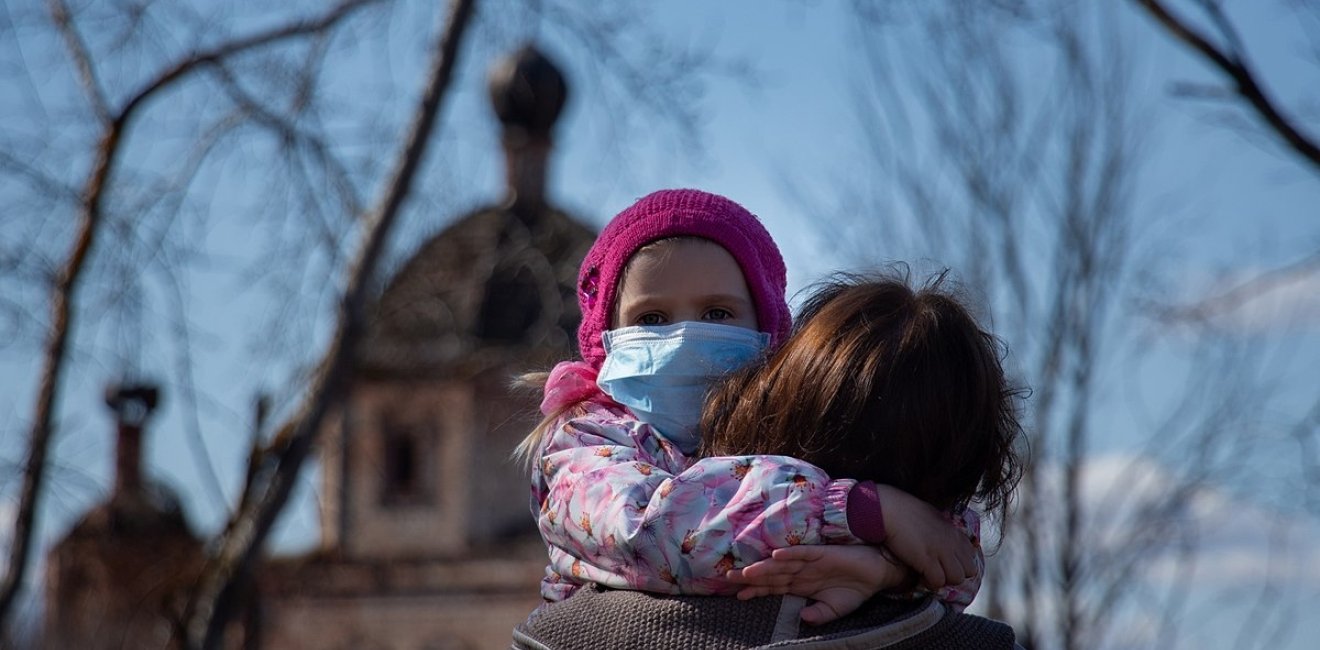
A blog of the Kennan Institute
BY OLGA GULINA
Russia’s regions, the eighty-five entities that constitute the Russian Federation, have found themselves on the front lines of the country’s pandemic response. With Moscow reluctant to announce a state of emergency or formally impose quarantine measures, the regional governments have been left to their own devices in anti-virus policymaking. Responses have varied across regions; perhaps most concerning is the uneven provision of aid to people and businesses affected by the pandemic.
Limits to Population Movement
Without declaring a state of emergency, Russia in mid-March closed its borders to foreign nationals and stateless persons and restricted the movement of such persons on the territory of the country. A few days later, Russia’s government ordered the suspension of border crossings by motorway, railway, rivers, foot passage, and all other means, with the exception of cargo vehicles at designated crossings. Since March 31, foreign nationals and stateless persons have been able to exit Russia only through Sheremetyevo Airport, and similarly, Russian citizens have been able to return to Moscow only through Sheremetyevo Airport, with a limit of 500 persons per day. For Russian citizens returning through airports in other regions, the limit is 200 persons per day.
These restrictions on the movement of foreign nationals and stateless persons have seriously affected migrant workers. For many years, Russia and its regions have provided employment for millions of workers from post-Soviet states, primarily from Central Asia. Because of the halt to air travel between Russia and Kyrgyzstan and between Russia and Tajikistan, effective since March 20, hundreds of labor migrants across Russia have been caught in a trap: unemployed, they are also unable to leave, and face the risks of impoverishment and violation of their human rights.
Regions on the Front Lines
The pandemic prevention measures announced by Russia’s president Vladimir Putin have produced some disconnect in the regions’ responses. In his televised address to the nation on April 2, President Putin announced “nonworking days” across the entire country until April 30. However, Russia’s law 68-FZ, which regulates the response to natural and man-made disasters and applies to the COVID-19 situation, makes no reference to a “regime of nonworking days.”
Although the officially announced “regime of nonworking days” is not grounded in law, Russia’s regions have introduced local pandemic response measures that are in agreement with the national law on the emergency response to natural and man-made disasters. This law provides for three types of response: normal operational; heightened alert, if there is an identified threat of a natural or man-made disaster; and state of emergency, if human casualties have occurred and there is damage to health or the environment.
Moscow’s mayor, the governors of Murmansk and Tula oblasts, and the chiefs of Tatarstan, Dagestan, Bashkortostan, and Yakutia were among the first regional leaders to move to the heightened response. As of April 2, a heightened response regime had been introduced by all of Russia’s regional leaders.
In some regions, local authorities have introduced additional measures, such as limiting the hours in which alcohol may be sold (Khakassia, Bashkortostan), prohibiting the conduct of funerals (Kaliningradskaya oblast) and the provision of dental care services except when urgently needed (Murmansk, Bryansk oblasts); introducing the mandatory inspection of all motor vehicles (Crimea, Sevastopol); prohibiting the movement of motor vehicles and people within a region between the hours of 10 p.m. and 8 a.m. (Chechnya and Bashkortostan particularly); and restricting the right to enter or leave the region. Such measures were introduced across Chechnya on April 5 by Ramzan Kadyrov, the republic’s president, until further notice, and by the governor of Murmansk oblast in two towns of the region, Apatity and Kirovsk, effective March 29 through April 12. Tight restrictions now apply to entry into Crimea: persons who are not Russian nationals and are not registered to live on the peninsula are forbidden entry from March 18 through May 1, 2020.
Socioeconomic Support Policies
The measures adopted to prevent the spread of the pandemic, such as the suspended operation of public catering and retail outlets and self-isolation of residents, are similar across Russia, whereas measures to assist people and businesses differ from one region to another. Not all regions have focused on supporting businesses and the populace during the pandemic, and the quantity and type of assistance provided at the national or regional level also differ across regions.
In Primorsky krai, hotels, hostels, and other hospitality businesses have been exempted from the property tax for 2020, and the motor vehicle tax for transportation businesses has been reduced to one-third the usual amount. The head of Sakha Republic (Yakutia) introduced nineteen measures to support small businesses, including a reduction in property tax rates and rents for small businesses, subsidies for small businesses, and the suspension of bankruptcy proceedings for small and medium-sized enterprises. Moscow’s and Yakutia’s authorities publicized incentives for persons over age sixty-five who comply with the self-isolation rules: 2,000 rubles ($27) to be paid after the start of the self-isolation regime and 2,000 rubles to be paid after its conclusion, provided the individual has not systematically breached the rules. Russia’s government has also allocated additional funds to support the regions in their struggle against the pandemic. But some of Russia’s regions were quicker to respond to the virus spread than the federal center.
The overall picture of response to the spread of COVID-19 across the country offers instructive insights into Russia´s current system of governance. First, in a time of (unannounced) national emergency, the president has been absenting himself from decision-making and has handed over some real power to regional leaders. Second, regional authorities have simply arrogated to themselves additional powers and have infringed on citizens’ rights, occasionally in violation of federal law (which takes precedence) and their legal authority. Third, the federal center is dysfunctional: the federal leadership still absorbs resources and tax revenues but seems unable to pass adequate regulations to reduce the infection rate or provide life-sustaining aid to those persons and businesses affected. The absence of effective leadership from the federal center is striking. The fight against the COVID-19 is being led by regional leadership, not by the federal center.
The opinions expressed in this article are those solely of the author and do not reflect the views of the Kennan Institute.
Author

Founder & CEO of the RUSMPI – Institute on Migration Policy

Kennan Institute
After more than 50 years as a vital part of the Wilson Center legacy, the Kennan Institute has become an independent think tank. You can find the current website for the Kennan Institute at kennaninstitute.org. Please look for future announcements about partnership activities between the Wilson Center and the Kennan Institute at Wilson Center Press Room. The Kennan Institute is the premier US center for advanced research on Eurasia and the oldest and largest regional program at the Woodrow Wilson International Center for Scholars. The Kennan Institute is committed to improving American understanding of Russia, Ukraine, Central Asia, the South Caucasus, and the surrounding region through research and exchange. Read more

Explore More in The Russia File
Browse The Russia File
Chechnya as a Model of Modern Russia

Russia’s Indigenous Communities and the War in Ukraine

Gas and Power in a Changing US–Russia Relationship

